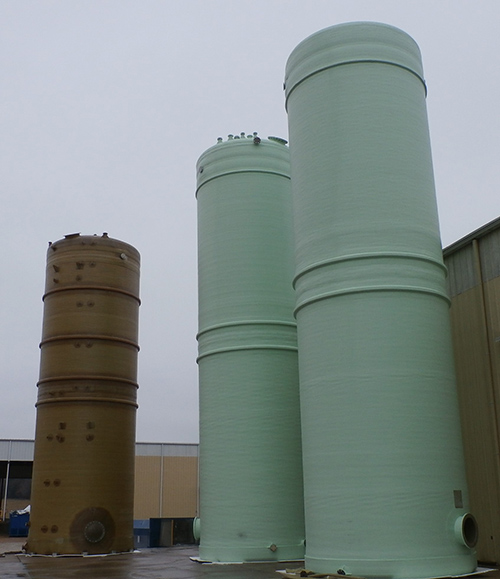I have the opportunity to see a lot of tank specifications from projects. Like many technical documents, specifications are living documents and they grow over time. Specifications continue to be improved, areas of interest are sharpened with more depth of information. Also, over time specifications collect baggage. Old outdated standards and practices continue to collect and accumulate in specifications. Many times this creates conflicts within the specification, such as between ASTM product standards and ASME construction standards. MSS PS15-69 continues to be referenced in specifications, even though it has been discontinued and never updated since 1969, hence the -69. That’s 50+ years ago for those of you that aren’t counting. MSS PS15-69 is no longer “State of the Art” and we learned a lot more since that time. There are many newer and well-maintained standards from ASME and ASTM that are current and more applicable than MSS PS15-69.
If project or corporate specifications are more than 5 or 10 years old, they are outdated and have passed their usefulness. Even older specifications can be more of a liability than an asset. Many tank specifications are still performance-based, meaning the bidder is to provide a bid on a tank based on meeting the defined performance criteria, such as; Chemical Composition of Contents, Design Pressure, Design Temperature, Design Code or Standard and Testing requirements. Sometimes the resin may say “XYZ Brand or equal”, other times it may just say, premium vinyl ester. It is very difficult to prove or disprove equivalence of resins. There are probably about 30+ vinyl ester resins and they don’t all work for every application. It’s important to do your homework, get some help if necessary, and list the resins that are best for your service and no equals. Letters of recommendation or equivalency are not much more than opinions unless they are supported by data.
We continue to build many lessons learned for FRP tanks, in design, fabrication, and construction. Storage tanks and process vessels are frequently handling hazardous or environmentally sensitive materials, reliability of containment is essential. The first step to ensuring reliability, performance and safety are by developing Prescriptive Specifications, defining details such as materials of construction to the brand and model, corrosion barrier construction, fabrication methods, allowable tolerances for fabrication and assembly, level of inspection, laminator qualifications, required documentation and testing. If you leave these questions to the bidding vendors, you will likely not have an apples-to-apples comparison. There will always be one bidder that quotes the bare minimum with marginal materials and fabrication practices. Typically, these are the problem projects that we have experienced, where the specification provided are vague, leaving much to interpretation. Interpretations are rarely in the favor of the Owner. Define ALL of your expectations in the specification, be thorough and own the process.
Truly, it’s not expensive to update specifications. An updated quality specification provides the highest Return-on-Investment per dollar spent on the project. You will definitely see the difference in the end. If you need help with specifications, we’d be happy to assist.


Recent Comments